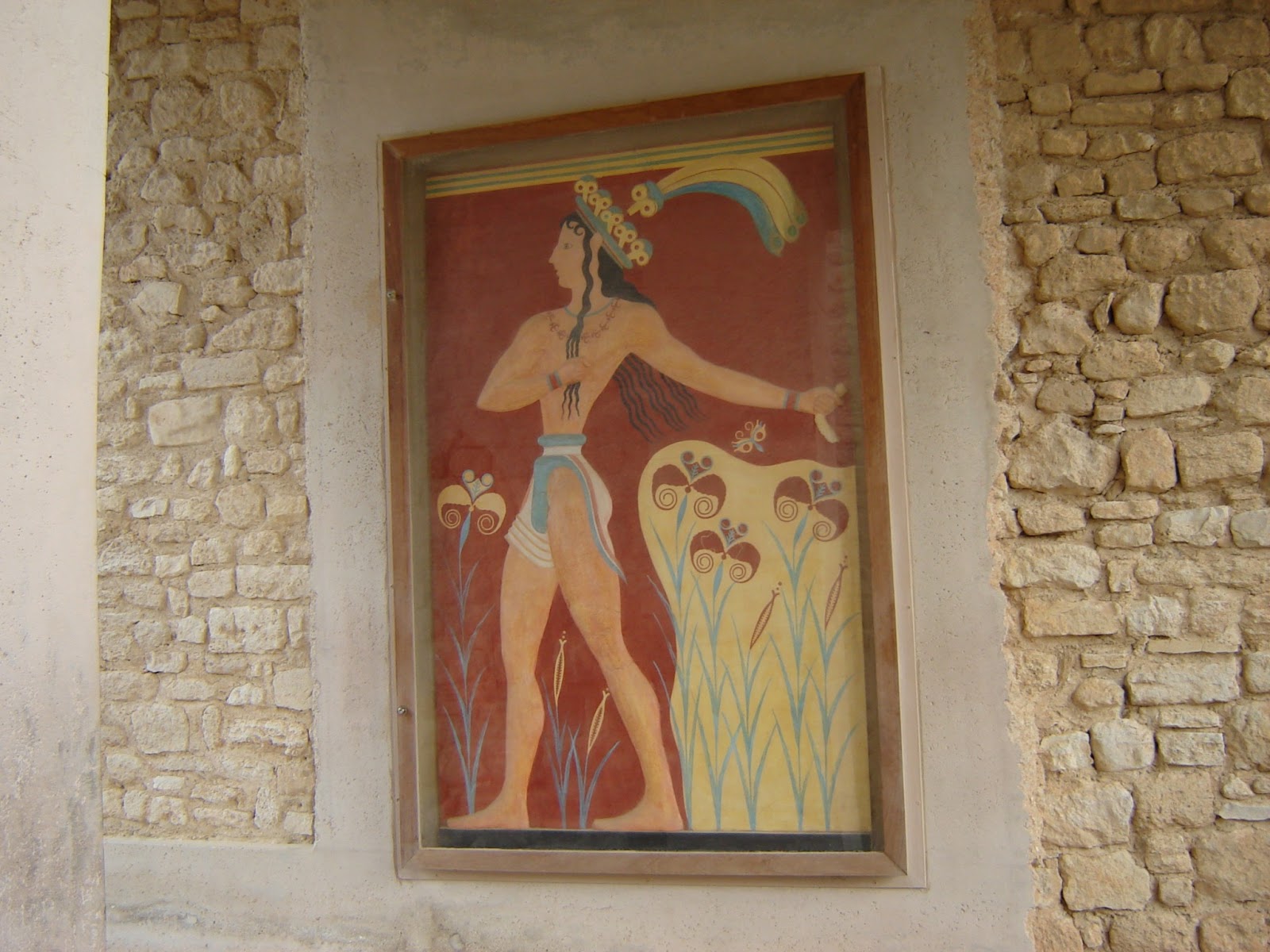About Greece
Greece is
a small country, having a location within the triangle consisting of Europe,
Asia and Africa. Our climate is primarily Mediterranean with mild, wet winters
and hot, dry summers. Our population is just under 11 million people and there
is more than 13,000km (8,000 mi) of coastline, which means that there are
plenty of pristine Blue Flag beaches and crystal clear waters for
everyone.
Yet,
eighty percent of Greece consists of mountains or hills which makes this one of
the rare places in the world where you can stand on top of a mountain and
capture views that reach out to the sea. Or sit in a valley soaking in
the sun on a warm spring day with the snow-capped mountains above. The natural landscapes of Greece are absolutely
spectacular, like the caldera and volcano of Santorini or the lush green valleys
of Crete with its olive and orange groves, above and below. All of this
is even more captivating when you add in the storybook whitewashed houses
dotting the hillsides on the islands or the charming little villages climbing
down the mountainside.
The locals
of Greece pride themselves on offering their hospitality to strangers and this
will be evident in every part of Greece that you visit. Greek hospitality
or “Filoxenia” is something handed down from the Ancient Greeks and is still
practiced today.
We all
know about Greek food but you haven’t had Greek food until you have eaten a
meal in Greece. Foods are prepared from
very fresh ingredients, often from local gardens and local livestock.
Wines are produced locally and you should certainly try the different varieties
in each area you visit. If you are a fan of feta cheese, you are in for a
real treat. Even fast food in Greece is
a much healthier alternative to what fast food is in other places. We use real meat, cheese and vegetables to
make our tyropita and souvlaki.
The Greek
people are all very fond of their music and dancing. It’s an integral
part of our culture. Do take part in any
possible event where you can join in as it will certainly be one of the most
fun experiences of your life.
Visiting
Greece should include at least one mainland trek to see the most important
sites of the country. Sites such as the
Theater in Epidaurus where you will also find the world’s first Medical Center. Maybe, King Agamemnon’s Mycenae, or Ancient
Olympia where the first Olympic Games took place. Perhaps, the ancient city of
Delphi with its Oracle and of course, Meteora with its amazing rock formations
that house incredible Monasteries at the top.
Yet the
exceptional Minoan Palace of Knossos is only found in Crete, the largest and
most impressive of our islands. And the incredible island of Delos which
is a museum in its entirety is easily accessed from Mykonos Island. No matter which of the museums, landmarks and
ancient sites you choose, the Acropolis in Athens will certainly be one of the
highlights of your trip. Don’t forget to stop in at the new Acropolis Museum
and have a look at the impressive Temple of Zeus, right in the heart of this
big modern city.
You might
also couple some time on the mainland with a little island hopping. Our
islands range from barely touched by tourism to those having a very organized
tourism infrastructure. The islands best for first time visitors would be
Mykonos, Santorini and Crete. Those great for seasoned travelers would be
Tinos, Folegandros and perhaps Milos or Sifnos. For those seeking privacy
and a very quiet stay, Paxos is ideal and works well with a visit to
Corfu. If you only have a short visit and will be in Athens, take a day
or two to visit Aegina, Poros or Hydra.
Greece is unique and will certainly offer the adventure and experience of a lifetime. You will quickly and easily fall in love with its natural beauty and its people. You will also partake in its history and see evidence of thousands of years of life no matter where you go.
A word of
warning though… once you visit Greece, you will long to return all the days of
your life.







































.jpg)
.jpg)







